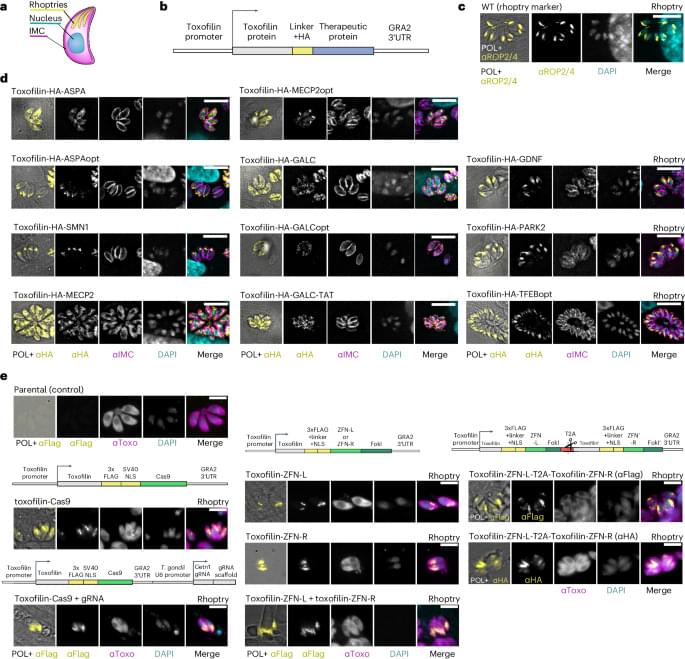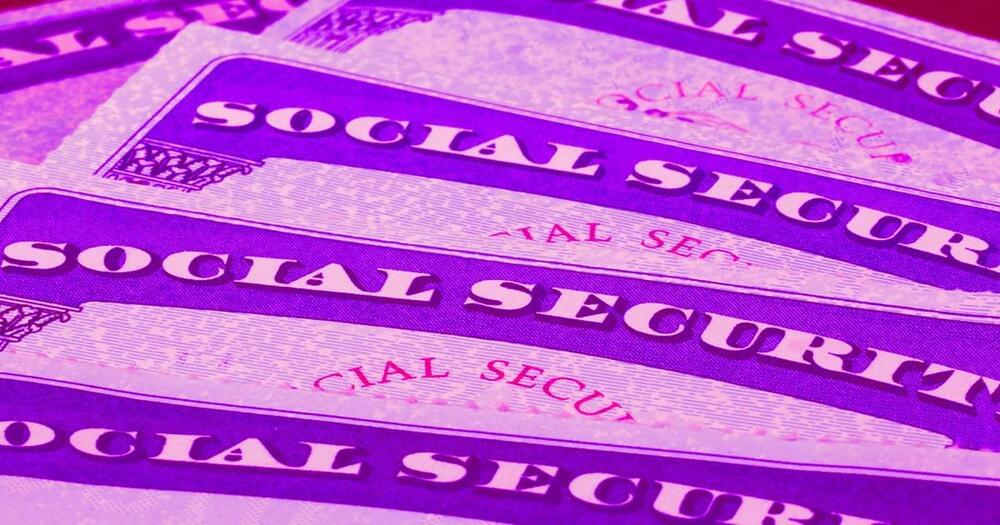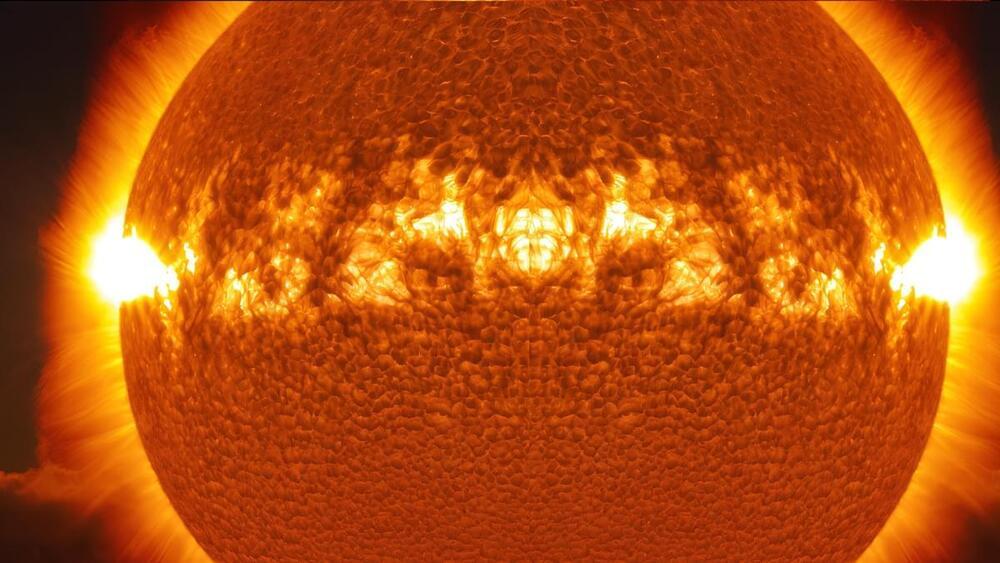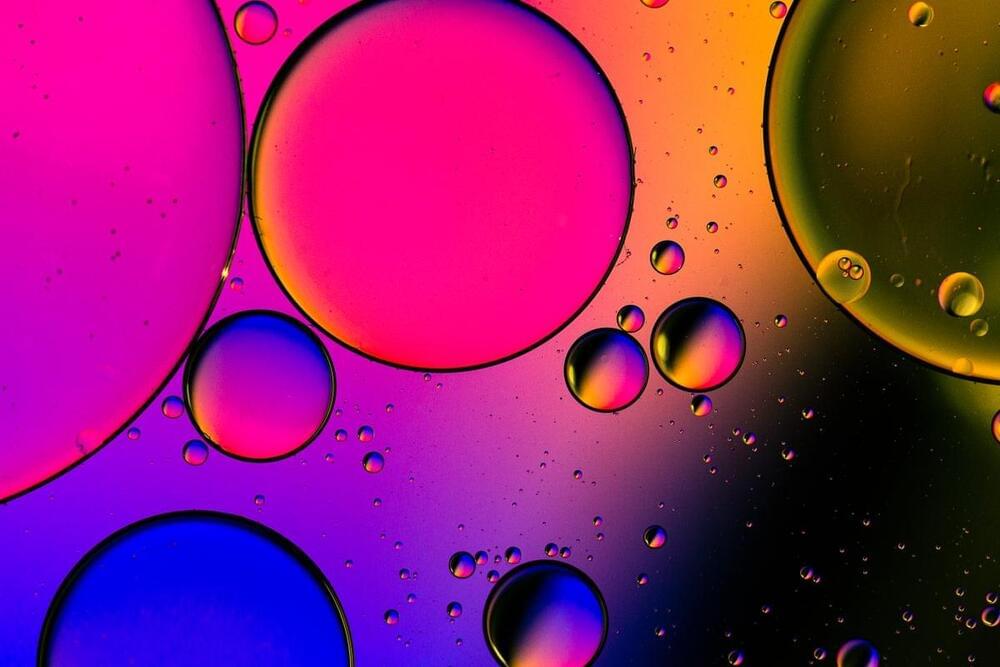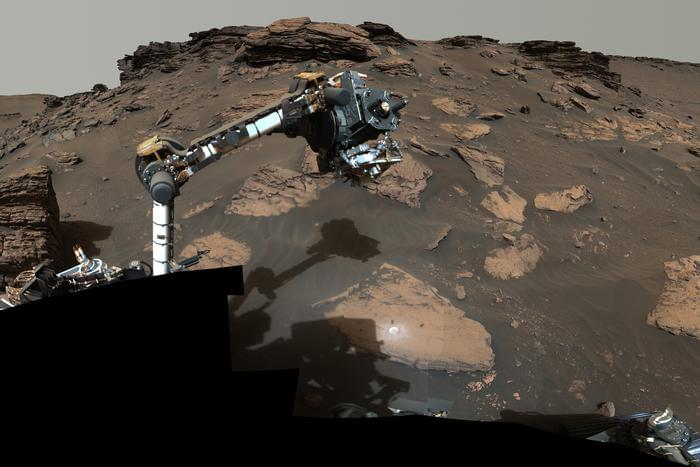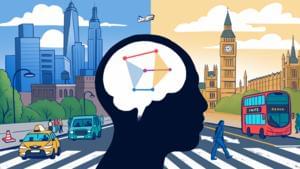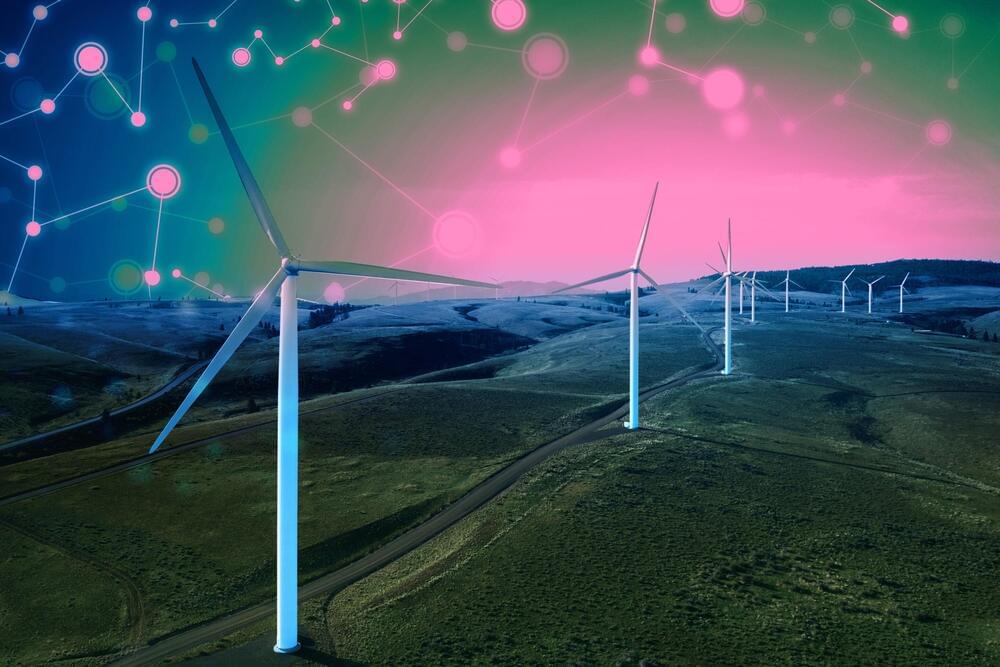Bracha et al.
Toxoplasma gondii culture and maintenance.
Type I RH and type II Pru and ME49 strain T. gondii were grown in HFF in high-glucose Dulbecco’s modified Eagle’s medium (DMEM) supplemented with 4 mM l-glutamine, 10% fetal bovine serum (FBS) and 1% penicillin/streptomycin or 20 μg ml−1 gentamicin antibiotics (‘complete DMEM’) at 37 °C with 5% CO2. Cultures were monitored daily and T. gondii were passaged by transferring 1–3 drops (20–100 μl) of the supernatant of a lysed dish (containing extracellular parasites) into a fresh dish with confluent HFF cells. Type I RH and type II Pru strains were validated by PCR–restriction-fragment length polymorphism (primers described in Supplementary Table 1)81 or by passage into Cre Reporter cell lines to confirm Cre recombination as previously described16.
